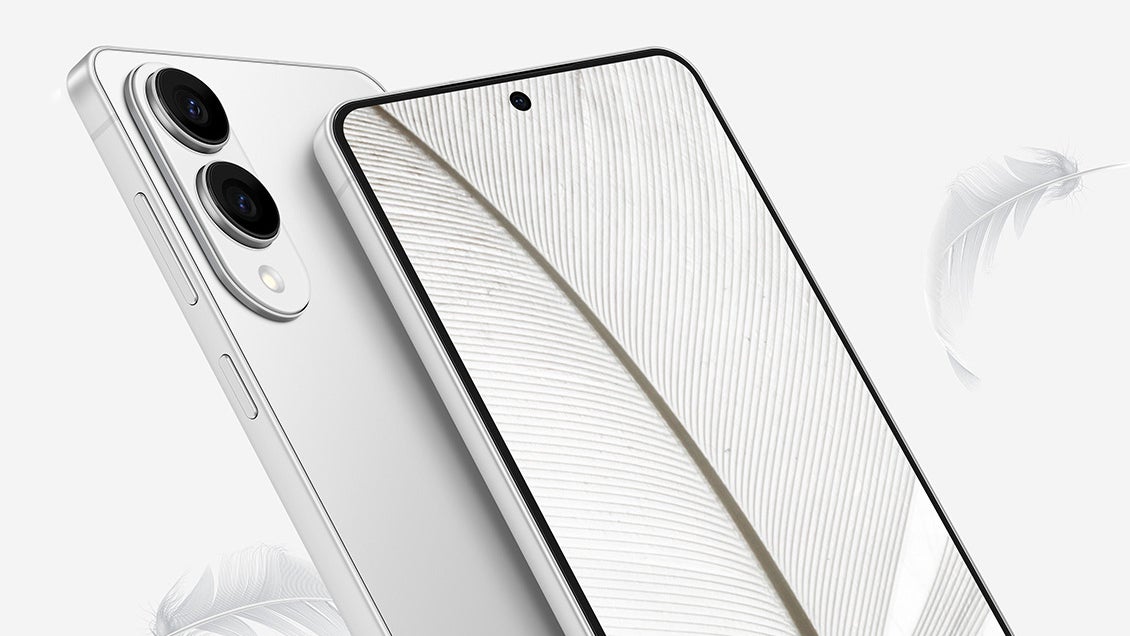But having a thinner phone inevitably means that some compromises had to be made. One is that the battery size is much smaller, but not least – we are also getting fewer cameras!
But is removing a camera lens such a big deal-breaker or not? Let’s find out.
Galaxy S25 Edge Camera Specs
| Galaxy S25 Edge | Galaxy S25 Ultra |
|---|---|
| Main Camera: 200 MP ISOCELL HP2 sensor |
Main Camera: 200 MP ISOCELL HP2 sensor |
| Ultra-wide Camera: 12 MP |
Ultra-wide Camera: 50 MP |
| Telephoto Camera: – |
Telephoto Camera: 12 MP 3X zoom 50 MP 5X zoom |
| Front Camera: 12 MP |
Front Camera: 12 MP |
Galaxy S25 Edge Main Camera
Samsung explains that it has tweaked the lens on top of that sensor, but overall, you should expect mostly a Galaxy S25 Ultra-like quality from the photos.
Galaxy S25 Edge Secondary Camera
The second camera on the S25 Edge is an ultra-wide one with a 12 MP resolution, so not quite as good as on the S25 Ultra, which uses a 50 MP sensor, but on par with the S25 and S25 Plus models.
The biggest compromise of a 12 MP camera is that it cannot use pixel-binning, meaning that typically low-light images tend to have a bit more noise.
And finally, the bad news is that there are no telephoto cameras on the S25 Edge.
Samsung is betting on digital zoom (and maybe sensor cropping using the main camera sensor), but it’s obvious that the S25 Edge cannot match the S25 series with their native zoom cameras at 3X zoom or 5X zoom.
That is the big compromise.
So… is having an ultra-wide camera the best choice? It might be for some people, but clearly not for everyone (I would personally much prefer having a zoom camera instead).
Learn more about this super thin phone here:








